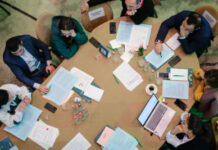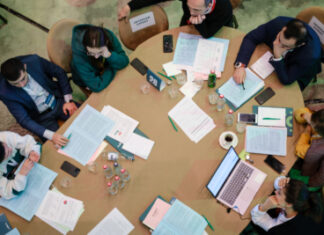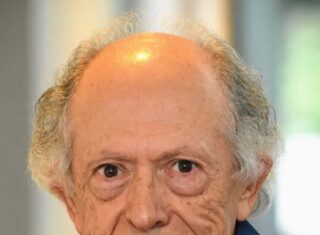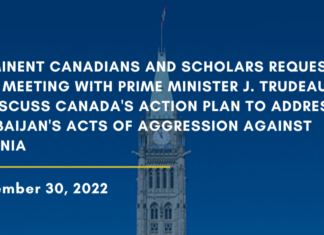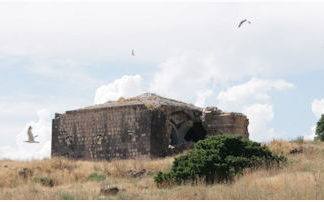By Raffi Bedrosyan
YEREVAN — Some came by chartered bus from Diyarbakir, Sasun and Urfa, others came by public transport from Dersim through Tbilisi. A few came by rail from Artvin in the Hamshen region via Batumi, others drove their own cars from Hopa. Destination for all? Yerevan, Armenia…
Following the success of the historic first trip of 50 hidden Islamicized Armenians from Diyarbakir, Turkey to Armenia last August to re-discover their roots, culture and language, the project was repeated again this year in a much more expanded fashion.
The trip is part of a wide range of activities supporting Islamicized Armenians, now formally named Project REBIRTH – VERADZNOUNT. This year, 80 selected Islamicized Armenians were brought from Turkey to the homeland, to participate in the Ari-Tun event organized by the Ministry of Diaspora. The trip was financed by a few individuals and Kaloust Gulbenkian Foundation.
After several months of planning, fundraising, organizing and negotiating with government officials and hotels in Armenia, the trip was set for the first week of August.
The participants were met in Yerevan by the organizer of the tour who flew in from Toronto, Canada. The timing of the trip was made to coincide with the Pan Armenian Games which brought more than 6200 Armenian athletes from all over the world, including 450 from Turkey, representing historic Armenian homeland teams from Van, Bitlis, Mush, Dersim, Diyarbakir and Musa Ler.




